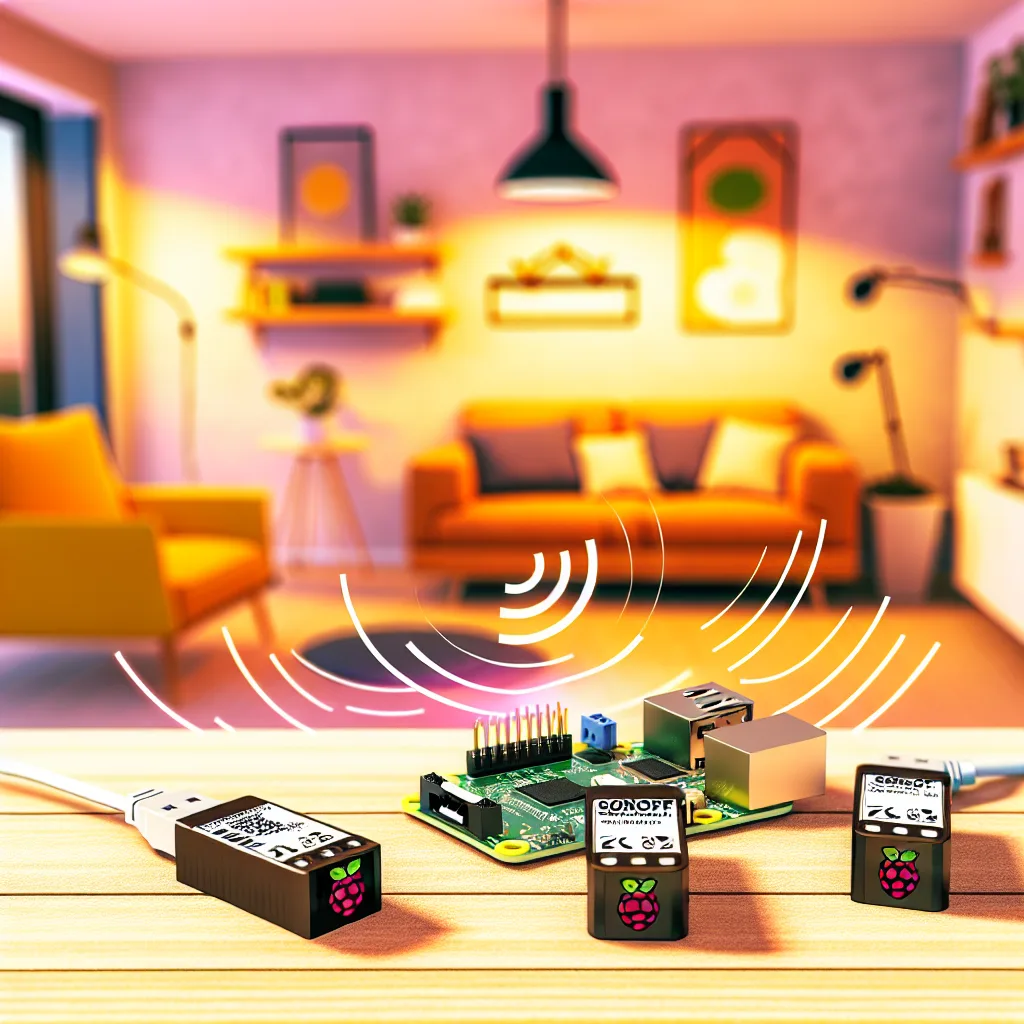Understanding the challenges behind corporate AI initiatives and their real impact
If you’ve been curious about all the buzz around artificial intelligence in companies lately, you’re not alone. Corporate AI initiatives are popping up everywhere, promising smarter business operations and new efficiencies. But here’s the kicker: about 95% of these corporate AI initiatives aren’t actually delivering the benefits they promised. Surprising, right?
I found this trend pretty eye-opening and thought it’s worth unpacking what’s really happening with AI projects in businesses today. Let’s look at why so many corporate AI initiatives struggle and what that means for the industry—and maybe even for us as consumers or professionals.
What’s Going Wrong with Corporate AI Initiatives?
First off, it’s important to note that AI isn’t bad or useless. The issue isn’t the technology itself but how companies are approaching AI projects. Many firms jump on the AI bandwagon without a clear plan on how to use it effectively.
Some common pitfalls include:
– Lack of clear goals: Without specific objectives, it’s tough to measure success.
– Poor integration: AI systems often don’t dovetail well with existing processes.
– Data problems: AI thrives on good data. If a company’s data is messy or incomplete, AI can’t perform well.
– Overestimating AI capabilities: Thinking AI can solve every problem leads to disappointment.
Because of these issues, many companies see minimal or no return on their AI investments. The Gizmodo article that sparked my interest dives deeper into how this lack of visible benefits is starting to spook investors and even Wall Street analysts. You can check out their take here.
The Impact on Funding and Future AI Development
The fact that 95% of corporate AI initiatives aren’t delivering results has consequences beyond just the balance sheets of those companies. Investors are getting jittery, which means funding for AI projects might shrink or become more cautious. This could slow down innovation, which is a bummer considering the potential of AI when it’s done right.
This skepticism reminds me how essential it is for companies to be transparent about what AI can realistically achieve and to invest in the right expertise to guide these projects. Smart companies are beginning to focus on smaller, well-defined AI applications with measurable outcomes rather than trying to overhaul everything at once.
What Does This Mean for the Average Person?
You might wonder why you should care about corporate AI initiatives failing. Well, these projects often aim to improve products, services, and even our daily lives. When initiatives stumble, progress slows down, and we might miss out on useful AI-driven innovations like better healthcare diagnostics, smarter customer service, or more efficient energy use.
Still, this isn’t all doom and gloom. The corporate AI world is learning fast. Many experts see this phase as a natural growing pain in understanding and harnessing AI responsibly.
Key Takeaways on Corporate AI Initiatives
- Don’t expect every AI project in business to be a home run.
- Clear planning, good data, and realistic goals are essential.
- Investor caution might temporarily slow AI funding.
- Smaller, focused AI efforts are more likely to succeed.
If you’re curious about AI in business and want more insight, you might find Harvard Business Review’s AI research quite informative. Also, McKinsey’s insights on AI adoption are a great resource to understand what makes some AI projects work better than others.
In the end, corporate AI initiatives are a mixed bag right now, but the learnings from their struggles could lead to smarter, more impactful AI projects in the future. Just like any new tech, it takes time to figure out how to use it well. So next time you hear about big AI plans in business, remember: it’s all about the execution and not just the hype.









